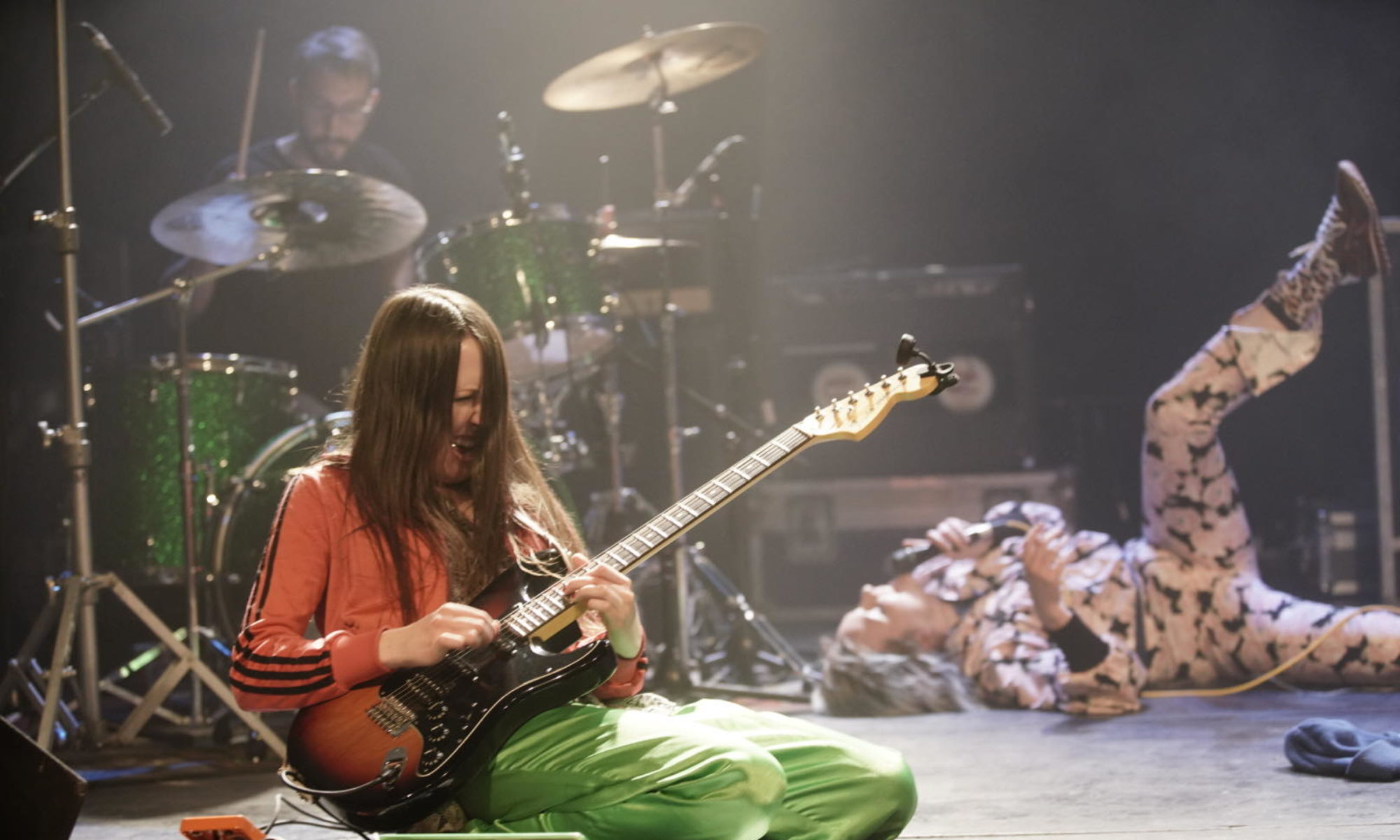by Harrison Samphir
In 2008, Ava DuVernay’s documentary film This Is the Life chronicled the rise of LA’s alternative hip hop community from the vantage point of the Good Life Health Food Centre’s weekly open-mic night. Founded in 1989, the event attracted emcees, poets and heads alike. It was a place to freestyle (cuss-free), practise the art of rap and celebrate hip hop culture with the serious disposition of an aspiring artist. Jurassic 5, Del tha Funkee Homosapien, Skee-Lo and the Pharcyde were all schooled at Good Life.
Around that time, West Coast hip hop was also dominated by a singular aesthetic: gangsta rap. For a period, artists like Snoop Dogg, Ice Cube and Cypress Hill practically typecast the city. It was G-Funk or bust. Yet the characterization faded with the downturn of mainstream West Coast rap in the late-1990s and early-2000s. The emergence of hyphy club music – originating in the Bay Area – and other new forms of electronic-influenced hip hop drove artists like E-40, Lil B and Too Short to unprecedented levels of recognition.
Interviewed in the film, rapper P.E.A.C.E. of the Freestyle Fellowship reflected on this particular historical moment. “At that time all we had was N.W.A, and everybody thought everything coming out of L.A. [was] gangsta rap… We don’t got to do that, you know? Let them do that, and let us do something else.”
It took many years for LA to outgrow the “hood culture” stereotypes passed on by artists like Dr. Dre and MC Eiht, but its maturation has resulted in a homegrown hip hop renaissance. Over the last decade, the Big Orange has produced some of the most successful independent rap artists in the United States: Busdriver, Nocando, Subtitle and Melo, to name only a few. Each have played a role in enlivening the left-field rap movement, an earlier stage of which was captured in DuVernay’s film.
Today, the Good Life Health Food Centre has morphed into Project Blowed (established 1994), an expanded workshop and open-mic platform celebrating its twentieth anniversary this year. Among its disciples are familiar names – Pigeon John, the Nonce, Self Jupiter, Adlib – and a host of others with talent, style and acclaimed records to their credit.
One of these is 33-year-old Michael Eagle II, a Chicago native turned Angeleno who performs under the moniker Open Mike Eagle. Once a student of Project Blowed, Mike infiltrated LA’s alternative hip hop scene in the mid-2000s. He launched albums with local groups Swim Team and Thirsty Fish before the release of his solo debut Unapologetic Art Rap brought listeners closer to his idiosyncratic, humorous yet tactful delivery, and a brand-new sub genre.
Mike’s “art rap” fuses thoughtful, reflexive meditations on topics from the creative process to pop culture with a sharp wit and ear for poetry, rhythm and harmony. It’s partly a response to the commercial rap pervading mainstream radio waves, but also an opportunity to carve out a lasting place among the local hip hop artists with whom he so often collaborates.
Speaking with Stylus on the phone from Los Angeles, Mike reflected on the experience of building an alternative hip hop community and his latest (and greatest) record, Dark Comedy.
“LA is a very disparate place,” he begins. “Everything is very spread out, so the way things work organically in the city is that there are all sorts of pocket movements going on. Project Blowed was a very important place because it created a space for many people to come together and share styles, share influences, share fans.
“On an even more basic level than that, it was always good to just have a place to go and rap… No matter how big your career had become – whether you were signed to a major or just got off work – the place was there for everybody.”
Mike is an occasional mentor to some young people who come through Project Blowed, but the workshop has long connected him with LA’s diverse hip hop minds. He’s appeared on Busdriver and Nocando records, Myka 9’s 2012 album Sovereign Soul, and worked with dozens of California producers from Exile to Ras G. On Rappers Will Die of Natural Causes, his second solo effort, he collaborated with more than ten trackmasters over 14 songs. His latest work, Dark Comedy, features a remarkable 11 producers. It’s a far-reaching collaborative process Mike orchestrates his own way.
“When we talk about the ‘core elements of hip hop’ or ‘hip hop song structures’ or whatever makes a hip hop song a hip hop song,” he says, “I look at that differently than other people. I don’t I think I look to hip hop and expect it to do the things other people expect it to do.”
“A rap beat to me is just whatever somebody wants to rap over. I’m not very concerned with what I’m starting to understand is the traditional idea of a banger or a big hip hop beat. I write raps to whatever I want to rap over and let the music inform what I write about.”
If Ava DuVernay ever made a sequel to This Is the Life, continuing the narrative of L.A.’s alternative hip hop community into the present, it would have to include Open Mike Eagle. From Project Blowed to indie success, he’s become an essential artist in West Coast hip hop. Dark Comedy is just further proof rap music needn’t conform to a singular aesthetic; art, after all, shouldn’t simply represent outward appearances, but their inward significance.
Don’t sleep!


